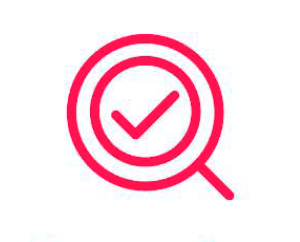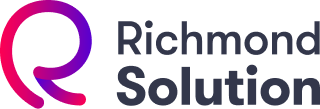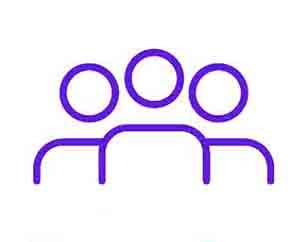
Financing
- Review and validate the contracted materials with Richmond Solution.




Robert Swarz
May 18, 2022
Helping Students to Learn How to Become Self Guided Active Thinkers and Learners
based learning will lead students to becoming self-guided active and both deep and rich learners.

This presentation will demonstrate how shifting to a methodology of Thinking-Based Learning from memory–based learning will lead students to becoming self-guided active and both deep and rich learners.
TBL focuses on a number of regular types of thinking, for example decision making, problem solving, critical and creative thinking, that we use regularly in our lives, but often do not do very well.
In TBL teachers help students develop and use strategies for doing these kinds of think more carefully and well and how to guide themselves to apply these to learning challenges in the content curriculum with deep and rich learning results.
And they learn how to transfer this to similar challenges in their lives—in fact when this is practiced with regularity this way of thinking and learning becomes as natural as speaking their language.
And this extends throughout their lives just as speaking their language well does.
In fact such regular active thinking and learning when done well in regular responses to such challenges can lead us all of us to living far better lives than when learning is restricted to memorizing things.
This presentation will be made through demonstrations of such thinking and learning activities from a range of regular classroom instruction, and with examples from instruction for infants, the primary level and through secondary to the most upper level subject-specific courses.